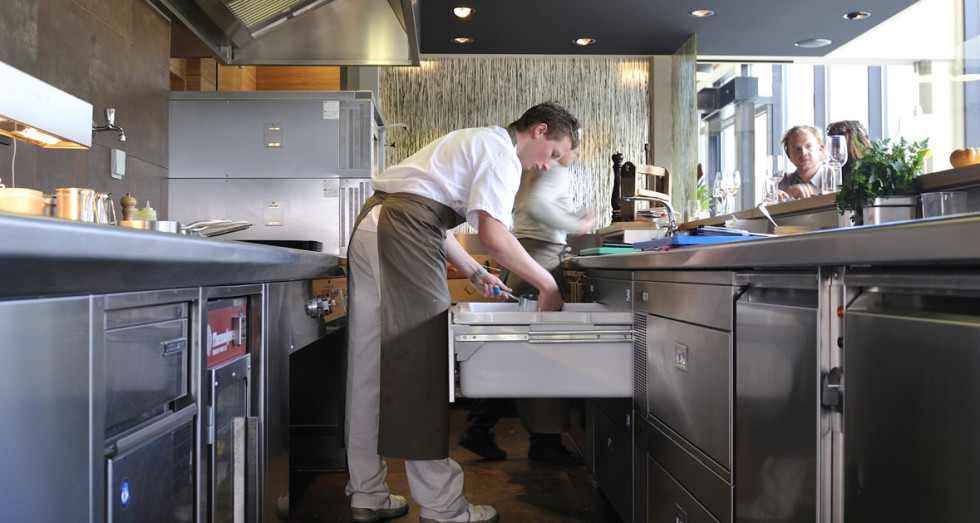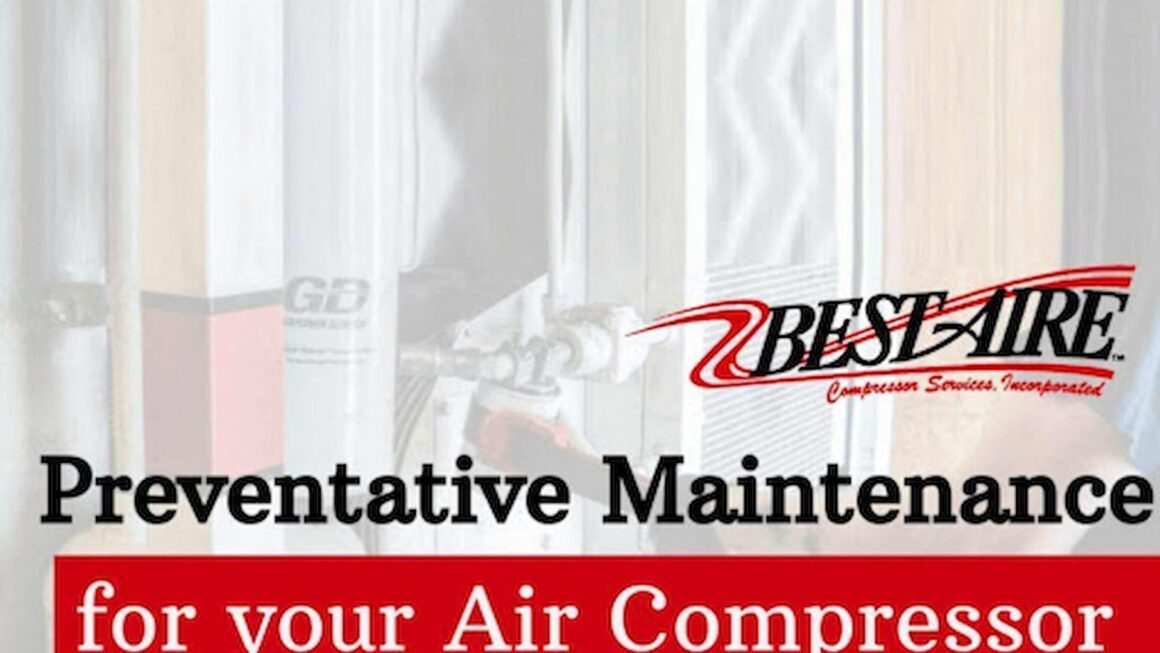Before you agree to rent any type of equipment for your business, you need to carefully read all of the terms and conditions of the lease agreement. The lease agreement, which may also be referred to as an equipment hire agreement, outlines what services you can expect in return for your monthly rental fee. Any business that rents equipment has to produce an equipment hire agreement for you to sign.
What Is in the Agreement?
The terms and conditions of the agreement are fairly standard and outline the responsibilities of the leasee, which is you, and the lessor, which is the rental equipment company. The reasons for the agreement include:
- It puts the transaction into the form of a legally binding contract.
- It is proof that a transaction between the two parties took place.
- Outlines the leasee’s
- Exempts the lessor from all liability.
- Outlines the rental due date and what happens if the leasee fails to pay.
It doesn’t matter if it is a business renting the equipment to you or an individual, an equipment hire agreement protects both you and the lessor by outlining both parties’ responsibilities. If the lessor fails to live up to the contract, it provides you with proof of what they agreed to and you will have some recourse against them if you decide to take legal action.
Terms and Conditions
When you need to rent equipment for your restaurant, such as through Bromic Rentals commercial freezers, the lease agreement will outline all of the terms and conditions of the agreement. These will include:
- The parties making the agreement, the leasee and the lessor.
- The equipment being offered for rent.
- The term period of the lease, which includes the beginning and end dates.
- The agreed upon payment for the equipment, including the deposit, the payment amount, the payment frequency (weekly/bi-weekly/monthly), and the receipt of initial payment.
- The equipment’s uses and any restrictions on its use.
- The leasee’s equipment care responsibilities.
- The equipment rental company’s equipment maintenance responsibilities.
- Describes when a payment is late, if a late fee will be applied and how much it will be, and the process for repossessing equipment if the payments are not made.
- The original condition of the leased equipment.
- Due date for the return of the equipment.
- Options for extending the lease.
- The right of the lessor to terminate the agreement before the end of the lease.
- The lessor’s liability limits and their release of liability for the equipment, including its use.
- Outlines the ownership of the equipment and explains it cannot be hired by the leasee to another party.
It is important to thoroughly read the lease before signing it in case there are points with which you do not agree. Negotiate those points first, have the contract re-written and then sign it once you agree to the terms and conditions.
While the equipment hire agreement is fairly standard, you want to protect yourself and your business, so it is important to understand what you are signing when you rent restaurant equipment.




